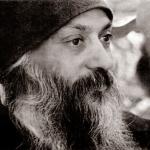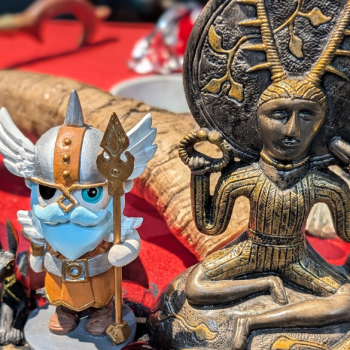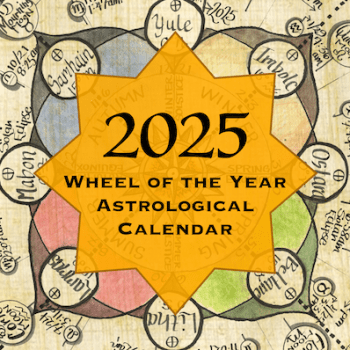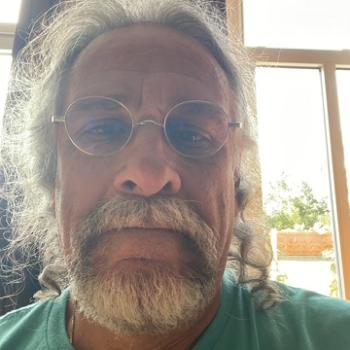Everyone who practices the old ways does so in a modern context.
Not all contexts are the same.
While I have easy access to farm animals and cows which are a big part of my religion, others may only relate to cows through their appearance in myth.
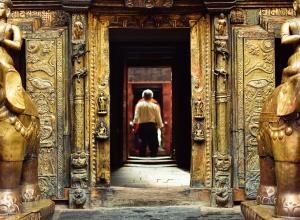
There is also solitary only versus the group/personal practice spectrum as different contexts.
So between all the contexts, they land on an x,y graph between group and personal on one axis, and rural to urban on the other axis.
For the most part we will focus on the group side of the context map.
Lets examine the “Everyone is a priest” mantra prevalent in neopaganism, setting aside that it’s a relic of born again protestant Christianity. A priest in the ancient pagan world was a professional sacrificer who worked on behalf of the people. They resided in groves, temples and offices and performed stately affairs.
If “everyone is a priest” then the natural topography for talent of the sacrificial and poetic arts seems flattened. Some people have innate performance and magical skills and can provide you with a better experience of sacrifice.
A priest in modern group contexts, should not act as intercessor on behalf of the people, but as a person who opens the ways to the gods. Just like a friend inviting his allies to a shared meal, the priest uses their strong relationships to draw near, the ears of the gods. Then the people make offering together… as a people.
It is harder to become a priest if you’re a solitary practitioner, you can’t practice serving a people. And so as a solitary practitioner, you can only become proto-priest. This of course is only true when assuming an ancient view of the priesthood. I strongly believe everyone is their own intercessor to the gods, divine in their own right, and is a priest to themselves in action. But in title, Priests are those who serve others. “Everyone is only a priest” because we have ancient examples of servitors of sacrifice to then metaphorically and analogously apply to doing for ourselves. If priests were not servitors of sacrifice for many people, the phrase “Everyone is a priest” wouldn’t make sense. Everyone cooks, but chefs are trained. Thus it is so with clergy.
Priests do not serve gods, they serve the people who worship those gods. A priest of the Morrigan is actually a priest to her muigh, her servants. As modern Pagans, we reject gods as false who don’t consider reciprocal good experience with those who worship them.
In Indo-European paganism, a professional who devotes their life to their faith must serve their greater community.
This is why Celtic reconstructionism has no to few, peer recognized, solitary druids. And most of them are authors and contribute to the community nonetheless.
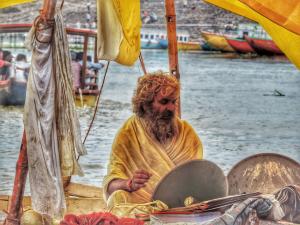
You can be clergy to no tribe, like the Finian warriors were tribeless, but you’d still be serving a diaspora.
Druids are keepers of tribal culture. That’s more than half their job. It takes a lifetime to attain that as Irish-American descended. I have to wipe my cultural operating system, and work my whole life toward attaining what Irish speakers achieve by age 10.
Sean Nos singing, Irish poetic metre, performance of tale telling, placelore knowledge, Saints day customs… it’s hard to learn these in isolation. But if you don’t know any of it, you’re not only not Druid clergy, you’ve got no claim to being Irish. I say this because Irish is a place, culture, and language. Irish paganism is but one spoke of many on the wheel of culture that clergy upholds.
Most people are simply laity, devoting their time to family or fortune over faith. Their personal practice doesnt need clergy. But when it does, local druids and witches who specialize are there.
There is clergy, and there are witches, and both can and do serve the people who identify as regular pagans, the free folk.
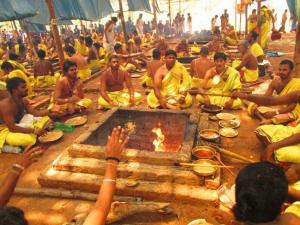
In Wicca there is no laity, at least not originally. Covens, were designed to turn each member into a teacher in their own coven. Thats how the lineage works.
However, in all the paganisms of Europe, the closest thing to solitary people we have are henotheistic recluses or family practice.
In all cases though to be clergy, you must be able to serve someone better than they can themselves. Everyone can draw, but artists primarily breath their skill first and exist as a human second. Some people are mothers first, and self serving second. That’s what being clergy is like.
You’re their guide, compass, sacrificer, counselor, lore keeper, seer, magician, and priest. That’s what clergy is for.



